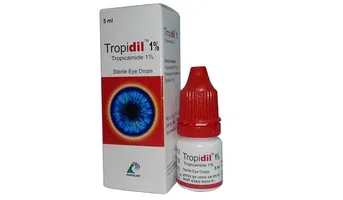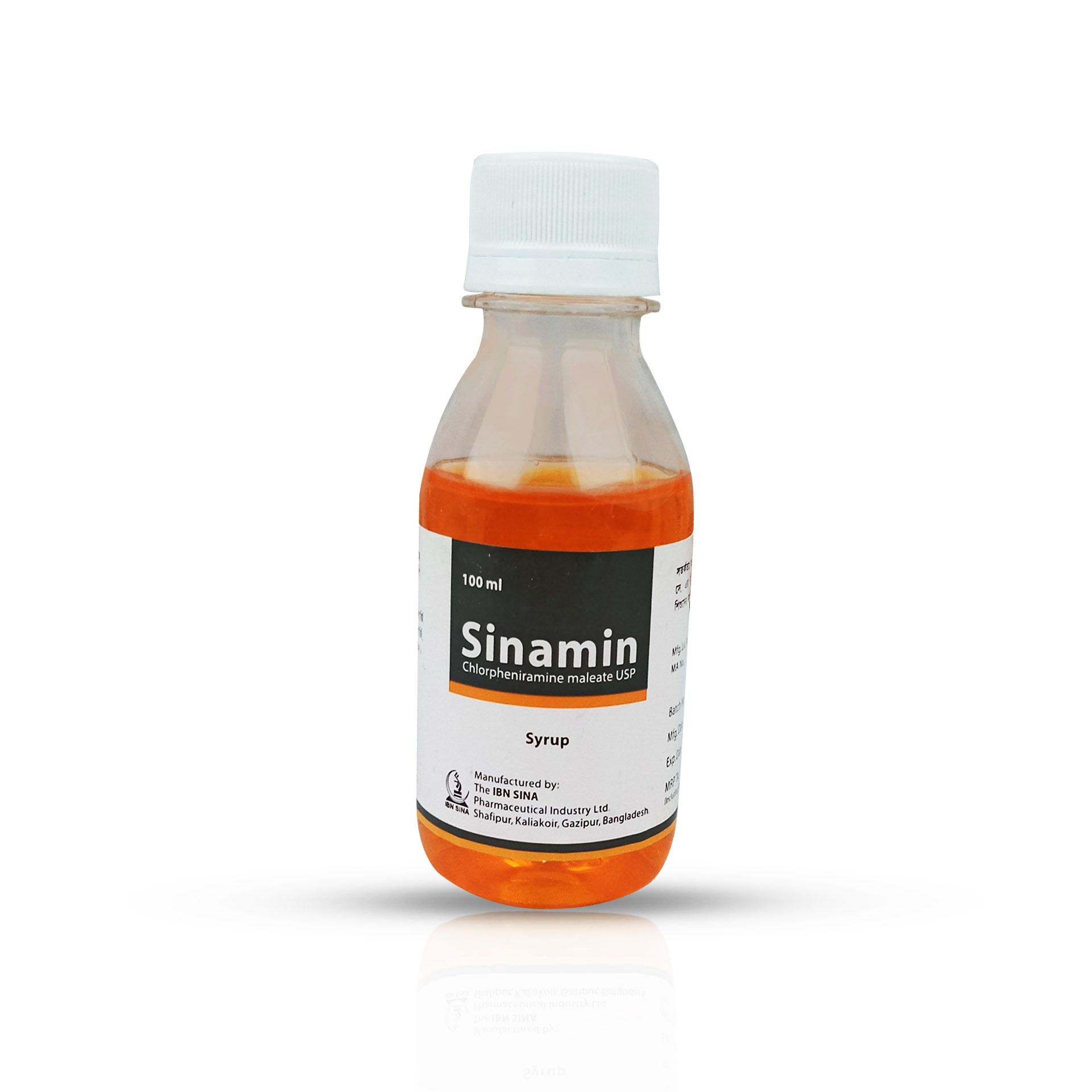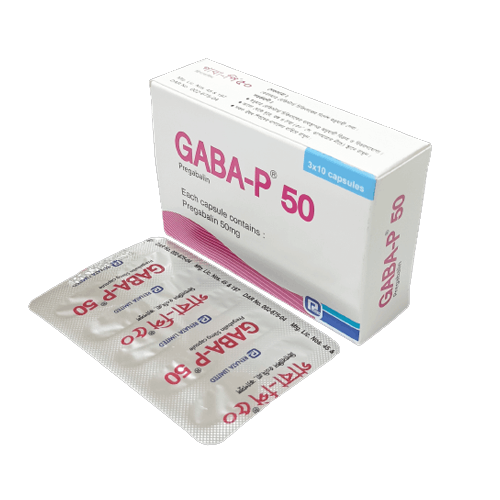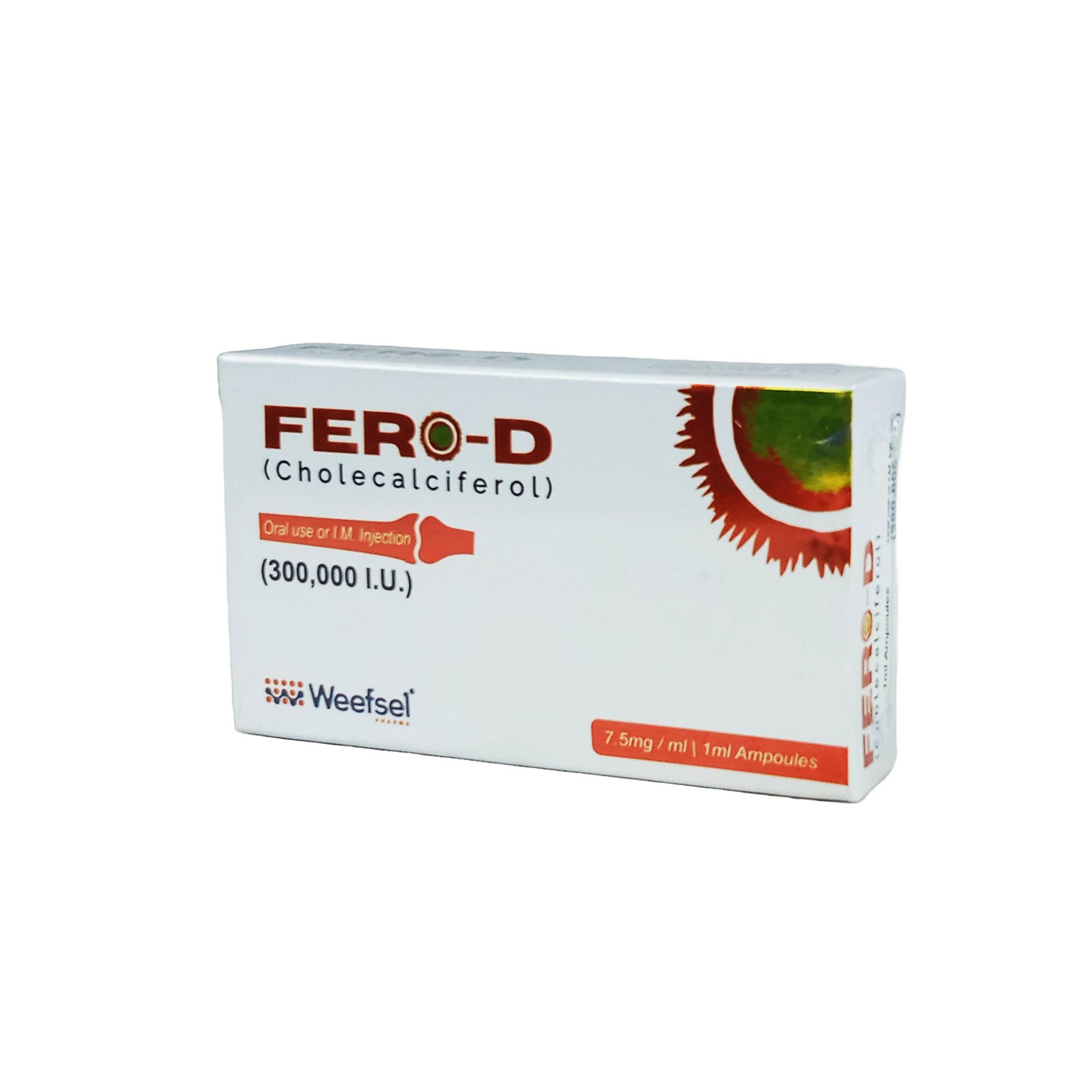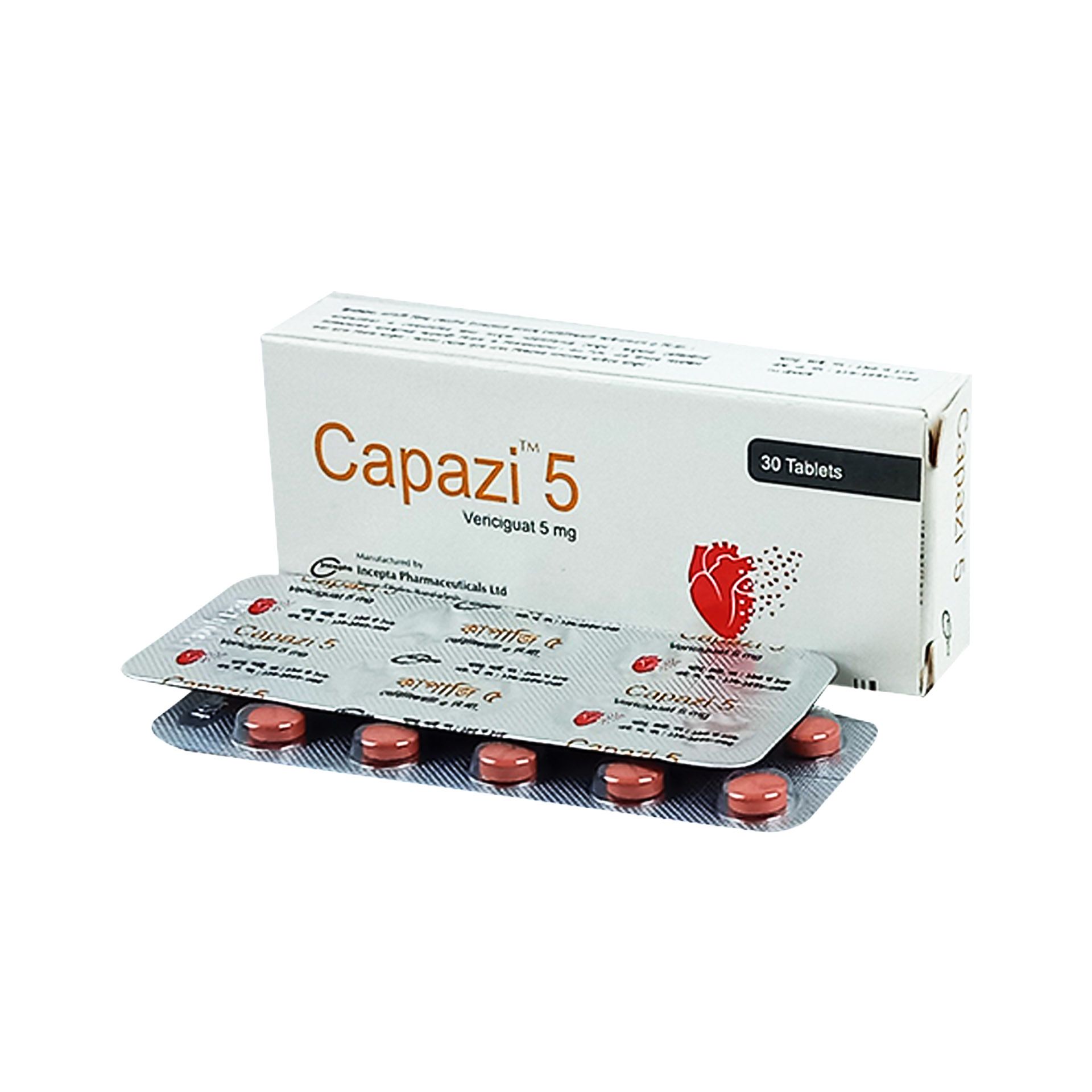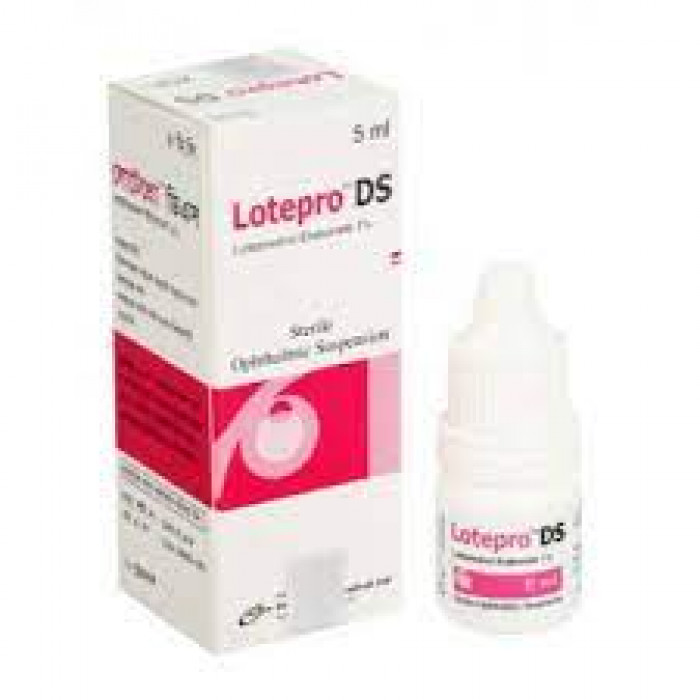

Lotepro DS Ophthalmic Suspension
(0
reviews)
Sold by
Ashik Medical
Price
৳213.60
৳240.00
/pc
-11%
Club Point:
80
Refund
Share
Top Selling Products
-
৳76.50
৳85.00 -
৳27.00
৳30.00 -
৳126.00
৳140.00 -
৳342.00
৳380.00 -
৳450.00
৳500.00 -
৳135.00
৳150.00
Reviews & Ratings
0
out of 5.0
(0
reviews)
There have been no reviews for this product yet.
Frequently Bought Products
Product Queries (0)
Login Or Registerto submit your questions to seller
Other Questions
No none asked to seller yet
Top Selling Products
-
৳76.50
৳85.00 -
৳27.00
৳30.00 -
৳126.00
৳140.00 -
৳342.00
৳380.00 -
৳450.00
৳500.00 -
৳135.00
৳150.00

